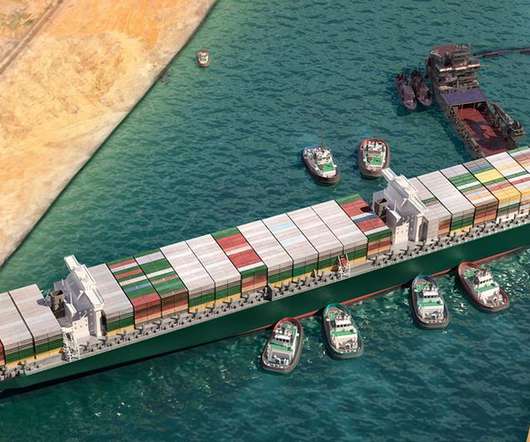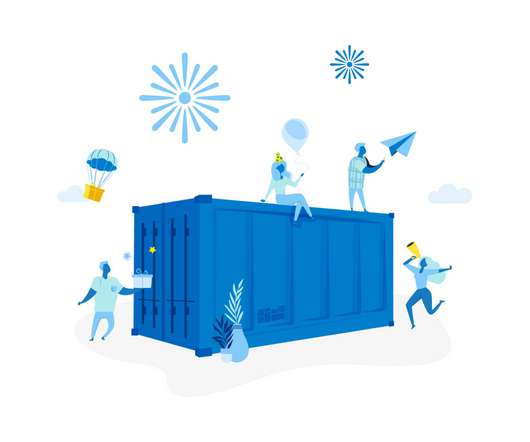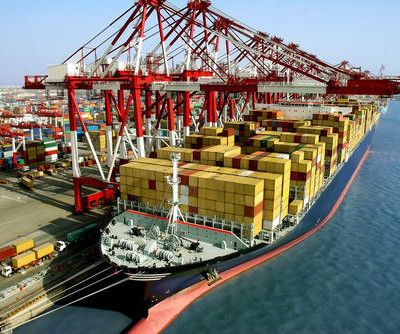Interoceanic Passages
Abivin
DECEMBER 5, 2022
Chokepoints (or bottlenecks) are a term used to describe the most crucial strategic marine routes because they: Capacity limitations. Chokepoints commonly have shallow, constricting depths, which hinder navigation and place restrictions on ship capacity. In 1956, Israel, France, and Britain invaded Egypt as a result.
















Let's personalize your content